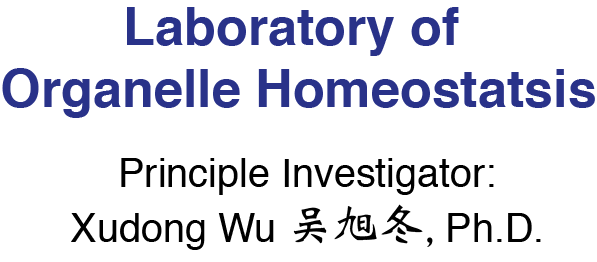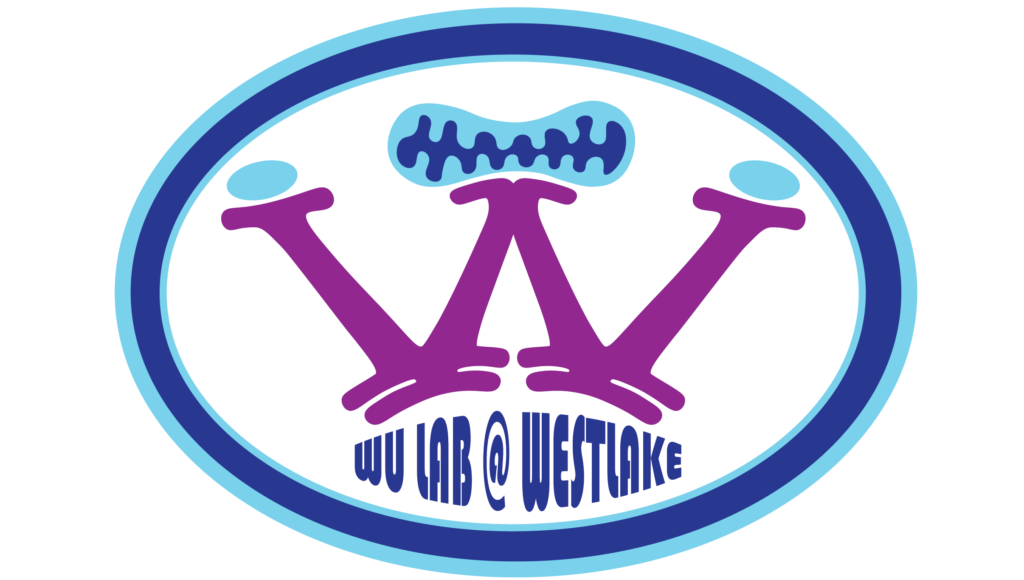 |
Membrane-bound organelles are key features of eukaryotes, developed to compartmentalize the amazing diversity of biochemical reactions necessary for life. As life became more complex, these organelles gained specialized functions. For example, one of the biggest organelle, the endoplasmic reticulum (ER), is the central hub for biogenesis of membrane and secretory proteins, lipid synthesis, and a major storage site for calcium. Recently, a growing body of evidence highlighted that different organelles communicated with each other via extensive membrane contact sites. For the health of the cell, it is pivotal to maintain the homeostasis of organelles. On the other hand, organelles are under constant stress, including stresses from misfolded proteins, calcium imbalance, lipotoxicity, oxidative stress, and so on. Failure to resolve stress eventually leads to cell death and is associated with numerous diseases from metabolic disorders to neurodegenerative diseases. Interestingly, cancer cells adapt to various stresses and even thrive on them. The Wu laboratory will take an integrated approach including proteomics, biochemistry, molecular and cell biology, cell imaging, and integrative structural biology to address key questions in pathways involved in maintaining organelle homeostasis, and how stresses are handled, implicated in human health and diseases. We will also develop novel therapeutics targeting key regulators to combat diseases.
|
| Protein Quality Control at the Membrane | |
 |
The Ubiquitin Proteasome System (UPS) is ubiquitously involved in almost any cellular process and is frequently implicated in human diseases. Among more than 600 E3 ubiquitin ligases encoded by the human genome, membrane-associated E3 ligases are one of the largest families playing important roles in protein quality control at the membrane, e.g, multiple membrane E3 ligases are involved in ER-associated protein degradation (ERAD). Previously, we have characterized extensively the Hrd1 complex (Nature 2020), as well as the Pex complex (Nature 2022), however, the biological functions and molecular mechanisms of most of the others remain obscure. Our lab will try to address how proteostasis at the membrane on different organelles is maintained, by understanding: What are the components of the machinery (e.g. E3 ligase complexes)? How are their activities regulated? What are the substrates implicated in diverse biological pathways? What are the features of substrates being recognized?……
|
| Ubiquitin Regulation Of Lipid Metabolism | |
 |
Lipids play essential roles in human physiology and their dysregulation is implicated in many diseases. Their distinct chemical structures, differential subcellular localization, and unique forms of storage and tissue specificity confer them with very diverse functions under physiological and pathological conditions. Our past work has provided mechanistic insights into phospholipid biogenesis (NCB 2016, Dev Cell 2014), its transport between organelle contacts (Nature 2014), and biogenesis of lipid droplets (LD) (Dev Cell 2019). To maintain lipid homeostasis and handle metabolic stresses, the highly dynamic lipid metabolism is tightly regulated transcriptionally, and more directly through “ubiquitin”. The rapid turnover of lipid metabolic enzymes through protein quality control systems and degradation of lipid storage organelles through autophagy remain poorly characterized. Our lab is interested in uncovering the molecular basis of how key metabolic enzymes/transporters involved in the metabolism of important cellular lipids(such as cholesterol) are regulated post-translationally, and what are the functional implications.
|
| Targeted Membrane Protein Degradation | |
 |
Viruses have been very smart hijacking the protein quality systems to promote their survival, such as by downregulating MHC-I molecules through ERAD. Recently, targeted protein degradation (like PROTAC) via ubiquitin-proteasome system provides great pharmaceutical and research potentials not only for known therapeutic targets but also for previously “undruggable” proteins. Our lab will leverage the insights and expertise gained during the characterization of novel membrane quality control systems to develop new avenues of therapeutic intervention. Small molecules or large biological molecules will be screened in vitro or in silico to obtain inhibitors or target-specific degraders, for regulating key enzymes, and receptors implicated in diseases such as metabolic disorders or cancers.
|
|
Empowering the Mini into a Powerful Tool |
|
 |
Antibodies have been great research tools and therapeutics. The Camelids such as alpaca express a special type of antibody called “heavy-chain only antibody”, with a single variable domain, termed VHH. The VHH domain (also called nanobody) carries many attractive features, such as high thermal stability, low immunogenicity, high developability, its potential of crossing BBB (Brain blood Barrier), and the ability to target small epitopes typically not accessible to conventional antibodies, etc. Thus, it is becoming a very attractive biologics both in academia and industry. Previously, we used our sophisticated protein engineering expertise to increase the size of nanobodies for cryoEM applications (PNAS 2021). This work breaks the current size limit of cryoEM and will greatly facilitate the structural characterization of various small membrane protein targets of pharmacological significance (SLCs, GPCRs, metabolic enzymes, etc). In the lab, we will continue to optimize our high-throughput in vitro nanobody screening pipeline, and use protein engineering and other chemical biology approaches to make this tiny nanobody into great tools for both academic and industrial applications, e.g. ADC, imaging probes, and drug delivery. |


